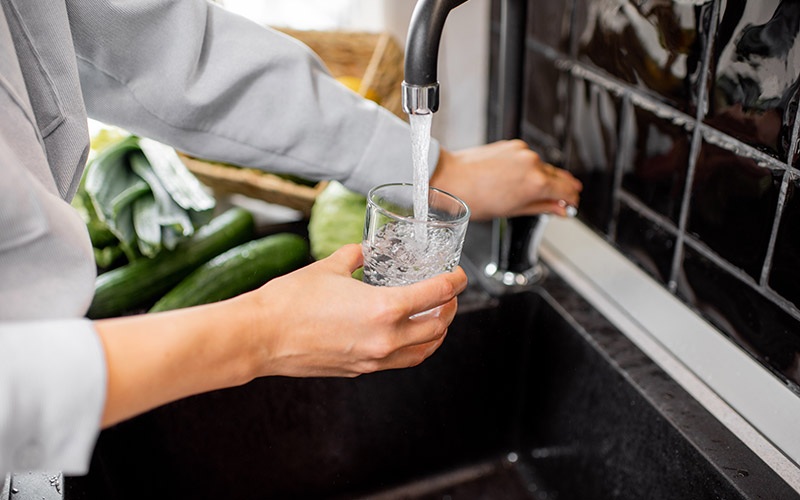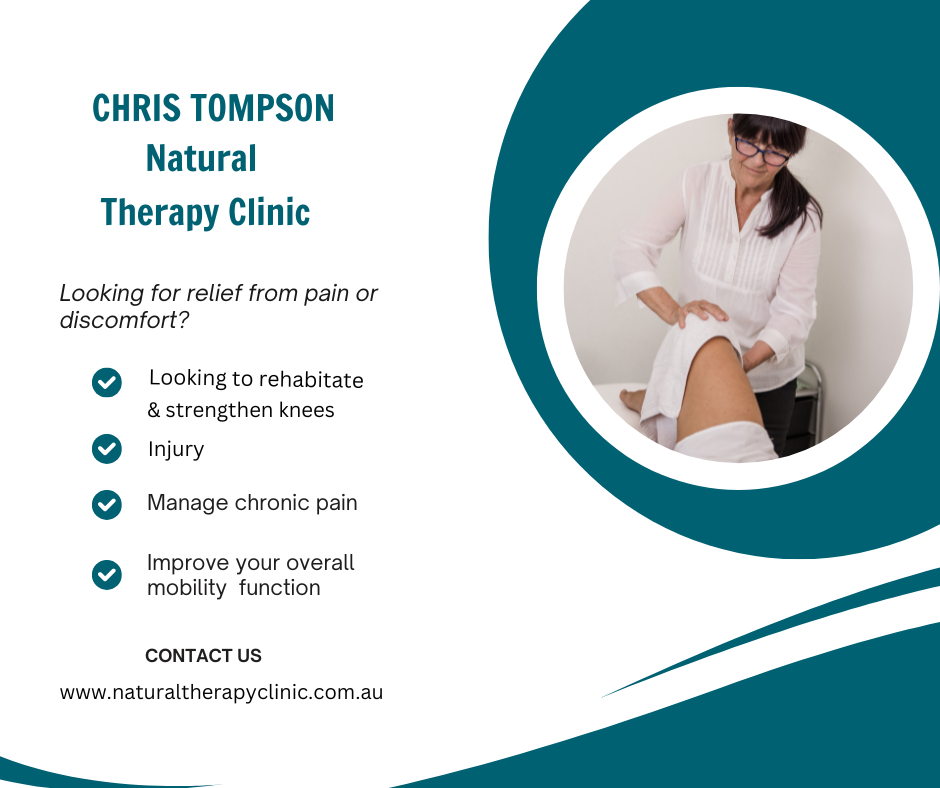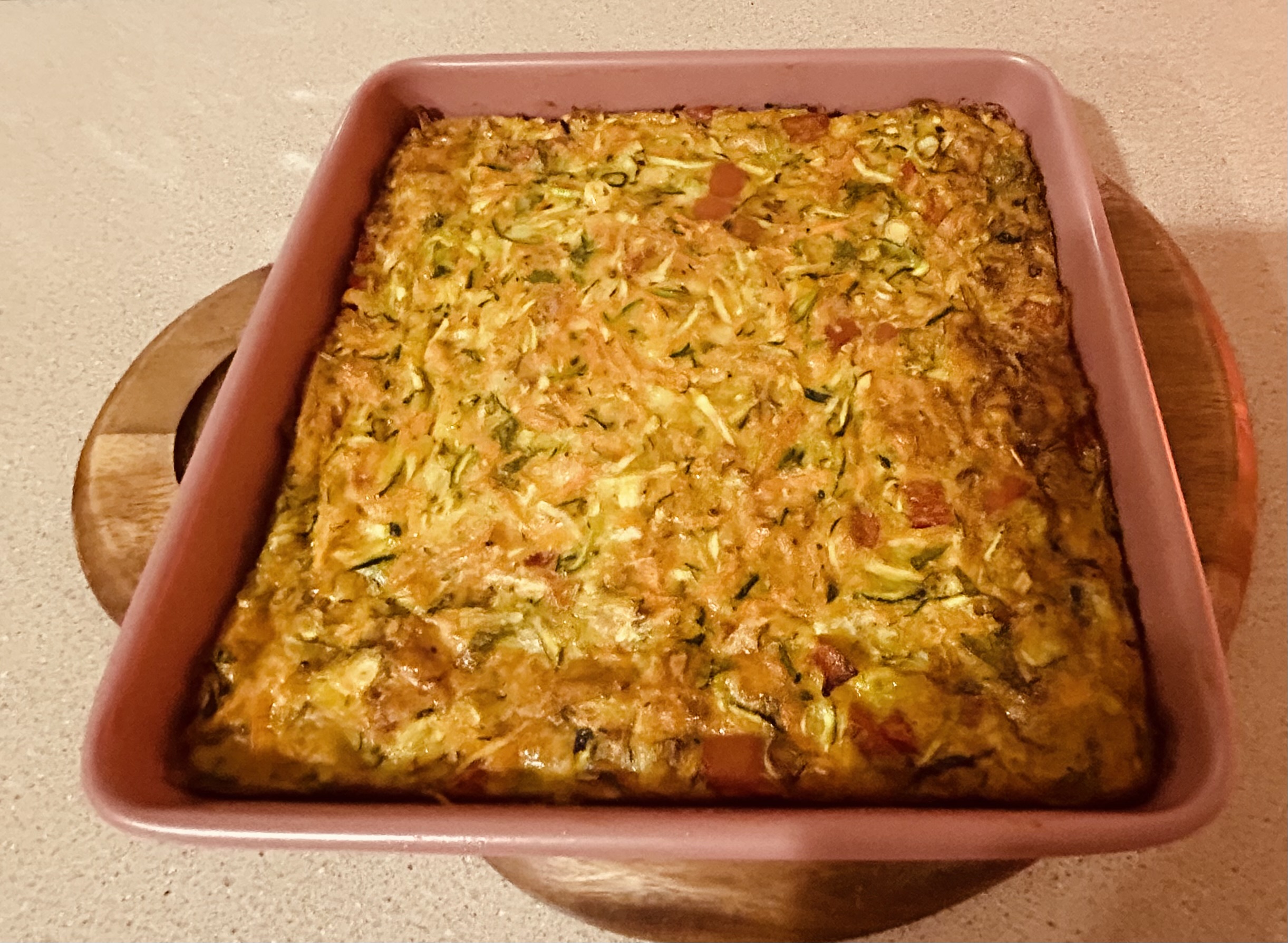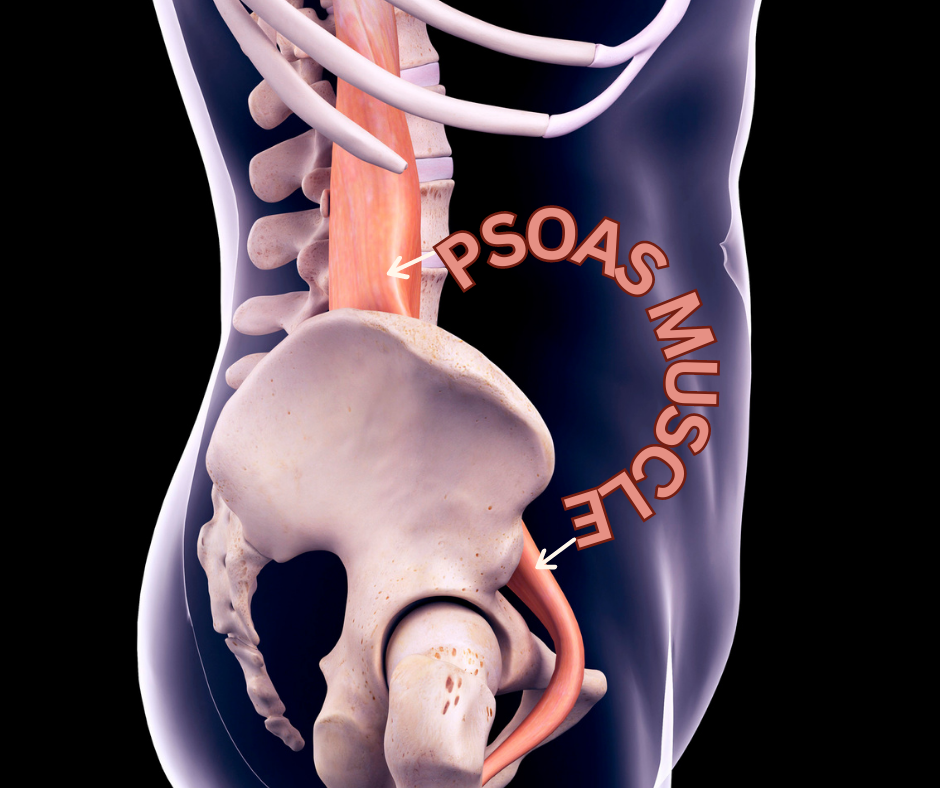WHAT WATER FILTERS SHOULD WE BUY AND WHY?
For decades it has been assumed that small amounts of chlorine in drinking water are safe, but convincing evidence, largely unreported to the public, has been accumulating for years that show correlations between chlorinated water and the onset of serious diesease. (Colin Ingram, “The Drinking Water Book”, 1991.)
I feel that it is a contradiction that to make water safe for the public to drink they add chlorine, which is a highly poisonous chemical, yet many people accept it without question.
What is not widely known is that the long-term safety of both chlorination and chloramination (a combination of chlorine and ammonia) has never been conclusively established. Although these substances have been used to disinfect water for 70 years there have been few systematic health studies of their effects on humans, and the studies that have been completed have raised more questions that they have answered.
In addition to the chlorine issue, we also have to be concerned about the bacteria, Fluoride, Inorganic chemicals, lead, nitrates, organic chemicals, particles, pesticides, Trihalomethanes (choline by-products), Volatile organic chemicals Detergents, and Asbestos that can be in our water.
DIFFERENT FORMS OF WATER FILTERS
Zazen system is the state-of-the-art water technologies that create those same essential water qualities to support longevity and health in some of the world’s oldest and healthiest people. 10 stage process stage 1- ceramic filter, stage 2- Silver activated Carbon, Stage 3 -Fluoride reduction, stage 4- Activated Zeolite, Stage 5, 6, 7 -Bio-ceramic Pi and FIR energy balls + silica sand, Stage 8- Natural Mineral Stones, Stage 9 -Silver stones Antibacterial protection, Stage 10- Magnetic energy 1200 Gauss tap.
Where bacteria and other micro-organisms are a problem, UV treatment is an excellent technology, particularly in country areas with tank, dam, or well water.
The device contains a radiation lamp giving off a level of radiation, which efficiently kills bacteria and other micro-organisms.
The lamp is enclosed in quartz or UV transparent plastic sleeve, which protects it but allow water to flow around it for effective disinfection.
The problem with this technique is it does not work well with cloudy water or dirty water, as the UV can’t reach the bacteria. You can solve this problem by using a pre-filter, which will need regular cleaning.
All filter jugs use carbon filters, but some manufacturers have added ion-exchange resin for additional efficiency. However, except for the few very expensive models currently on the market, which have the best performance, all were rated equally efficient at removing taste, and odour contaminants, suspended solids, copper, and chlorine.
If you are considering one of these, avoid models, which have rubber push-on connections, as these have an annoying habit of blowing off under increased water pressure. The best of these models have a diverter which screws onto the end of the faucet.
Reverse osmosis, activated carbon, ion exchange, and ceramic filters are all available in counter-top form.
Under-sink units are the most convenient because they don’t take up valuable counter space and there are no tubes connecting to the faucet.
The purified water is piped through a separate dispenser on the sink.
Under-sink units are usually larger than their counterparts, providing more comprehensive treatment, and requiring competent installation, (preferably by a qualified plumber)
Whole-house filters or point-of-entry filters treat all water coming into the home, whether it is used for drinking, washing, bathing, or flushing the toilet.
There are two options, a single sediment filter with or without an additional carbon cartridge, or a water softener.
Inhalation and skin absorption of chloroform and chlorine by-products is greatest in the shower, where these gases are vaporised. Good ventilation and a shower filter are worthwhile precautions.
People with skin or scalp problems or dry hair will notice the difference.
Chlorine bonds chemically with the protein in skin and hair causing dryness, itching, and flaking skin.
The bottled water can be varied and is not always as good as it is made out to be. Quite often the source of the water and how effective the filtration is leaves a lot to be desired.
Then we have the issue of storing it in plastic bottles, which we all know that a lot of the plastics we use can give of estrogens, which can leech into the water.
I lot of health issues today can be traced back to high levels of estrogens in our bodies.
COMPARATIVE EFFECTIVENESS OF VARIOUS TECHNIQUES

On a scale of 1 to 4, the higher the number the more effective the method of removing contaminants.
Disclaimer: This content is reviewed periodically and is subject to change as new health information becomes available. The information provided is intended to be informative and educational and is not a replacement for professional medical evaluation, advice, diagnosis or treatment by a healthcare professional.









